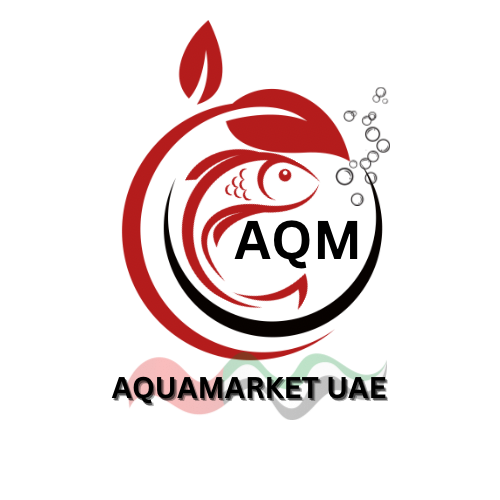What Is A Sponge Filter?

A sponge filter is super simple. It literally is a piece of foam that filters your entire fish tank. Some people are taken aback that that really is all there is too. It’s simplicity has to do with it’s foam filter that doubles up as a mechanical and biological filtration unit. A well made sponge filter will be made of the following components.

1. Foam Sponge
The better the quality sponge filter, the better the foam. This matters a ton in your selection process! The sponge will house the beneficial bacteria that becomes your biological filtration. The best sponge will have more surface area and will have superior biological filtration capacity.
2. Weighted Base
This keeps your sponge filter from floating away or getting dragged around by your fish and current. The base can be anchored against gravel or aquarium rocks. Some sponge filters utilize a suction cup mount instead of a weighted base. Suction cup mounts can come in handy in bare bottom setups.
3. Strainer and Bulls Eye
The strainer keeps out detritus and food particles from filtering out of your sponge filter. The bulls eye allows you to connect your airline tubing directly to your sponge filter from your air pump. Some value priced sponge filters will not have this feature. They will have an airline hose connector that sticks out eternally from the filter for you to connect.
4. Lift Tube
This moves the water out of the sponge filter to the rest of your fish tank. On higher quality and larger sponge filters, you can use this tube to connect the sponge filter to an aquarium power head. This allows you to have a quieter and more powerful filter. Other sponge filters will have a lift tube that will extend higher so the bubbles made by your air pump will be less disruptive.
What Are The Best Uses For A Sponge Filter?
I hit you with a number of disadvantages of using a sponge filter. While they may not be the best choice for a display tank, let’s talk about what types of fish tank they are excellent choices for.
1. Breeder Tanks
One of the best applications for a sponge filter is for a breeder fish tank. Because sponger filters are gentle they do an amazing job filtering in a breeder tank. You won’t have to worry about losing your small fish fry to your filter intake. They deliver great piece of mind in these setups.
2. Quarantine/Hospital Tanks
Because sponge filters can be setup and cycled so quick and easy, they are great to use in a quarantine tank. A cycled sponge can provide all the beneficial bacteria and biological filtration capacity for a quarantine tank. Since they do not use chemical filtration you are free to use whatever medication you need without worrying about your media removing or absorbing the medication. The sponge filter is also gentle to your inhabitant keeping stress levels down.
3. Freshwater Shrimp Tanks
Sponge filters are amazing in a Freshwater Shrimp Tank. Because of their makeup, you don’t have to worry about the filter sucking up your shrimp and their babies. Sponge filters will also grow biofilm on the surface of the foam making it food producing resource for your shrimp. It’s no wonder sponge filters are used so much in shrimp tanks!
4. Betta Fish Tanks
Betta Fish need calm waters. They also have long fins that can be sucked up by more powerful filters. Betta fish prefer light currents and will usually be housed in smaller tanks. This makes a sponge filter an attractive filtration choice for them.
5. Small Fish Tanks
Any aquarium 20 gallons and under is ideal for a sponge filter. This makes maintenance and filtration easy. A good quality sponge filter will have plenty of surface area to support the small fish appropriate for a smaller fish tank.
The best options from Aquamarket UAE would be the following:
The double sponge is a very basic and simple form on sponge filters which is capable to produce a current in the water, enough for proper spread of nutrients without disturbing your fish fry or shrimps. It is generally the directional outlet which helps in the same. However, you will need a descent air pump of at least 5W.

One of the basic and primitive, yet effective sponge filters used is the round sponge filters. They comes in various sizes, smallest being enough to run a nano tank. They are mainly used in tanks where you need more of a surface agitation and filtration. They are not good in terms where you need a current within the water.
3. Double sponge filters with pump
Next in line and more effective in terms of sponge filters is the pump options. It comes with a pump and also with bio media for an additional bio filtration. The media is usually ceramic balls which is replaceable as per your choice of media. This is suite for planted tanks as well where you might be worried about the flow of water inside your tank. As with any sponge filters, they do not affect any of your fries or shrimps.

Well, not a sponge filter to be specific, but it usually categorized in the same way. It comes in single or double levels depending on the height of the tank and has loads of space for bio filtration. Additionally, the directional output head gives a current in the water for the flow and also allows proper filtrations. This kind of filters also allows chemical filtration when one of the layers can be replaced with carbon media.



